Pattern Layering:
Maximalist Decor Designs
Statement Pieces
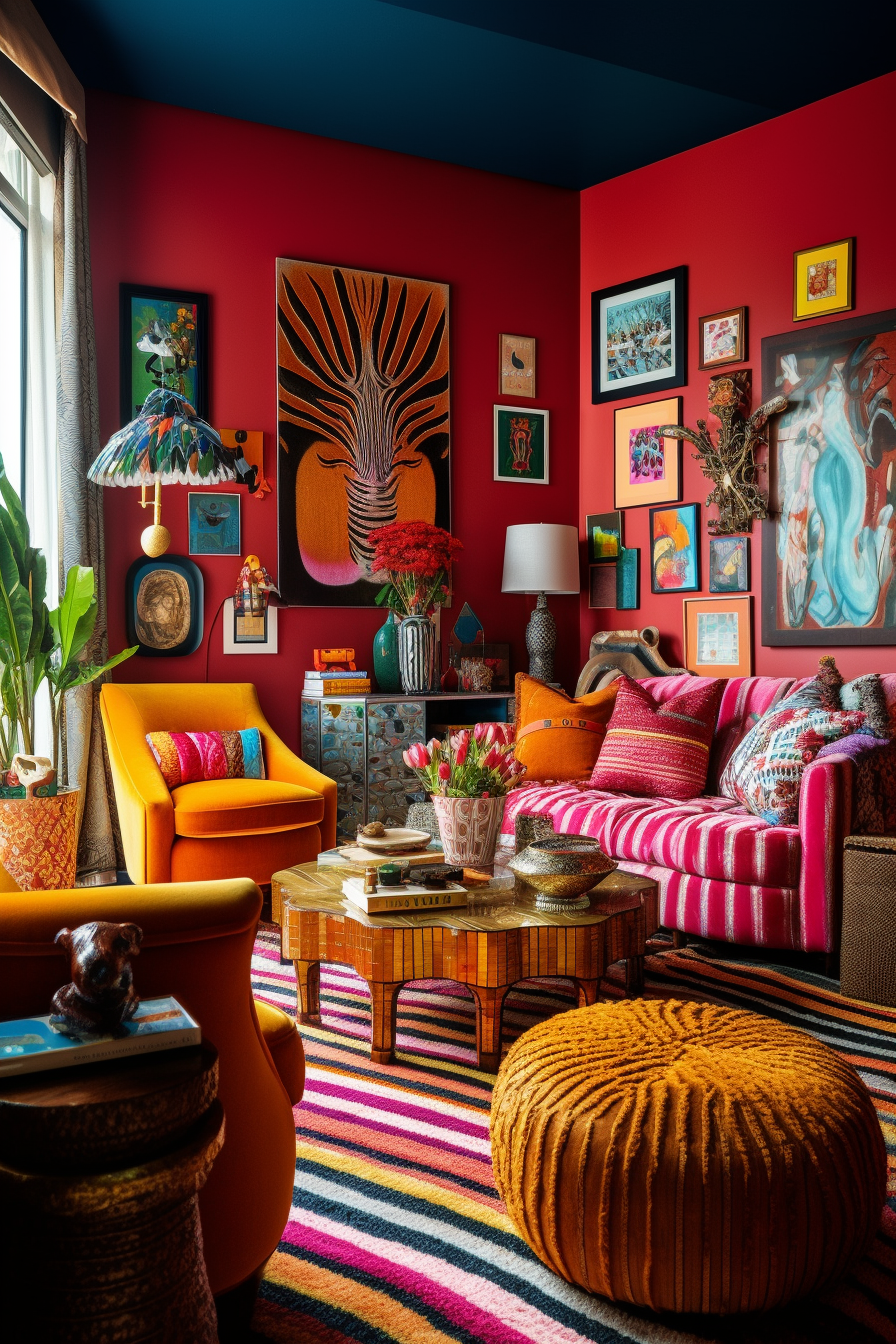
Find Coordinating Features
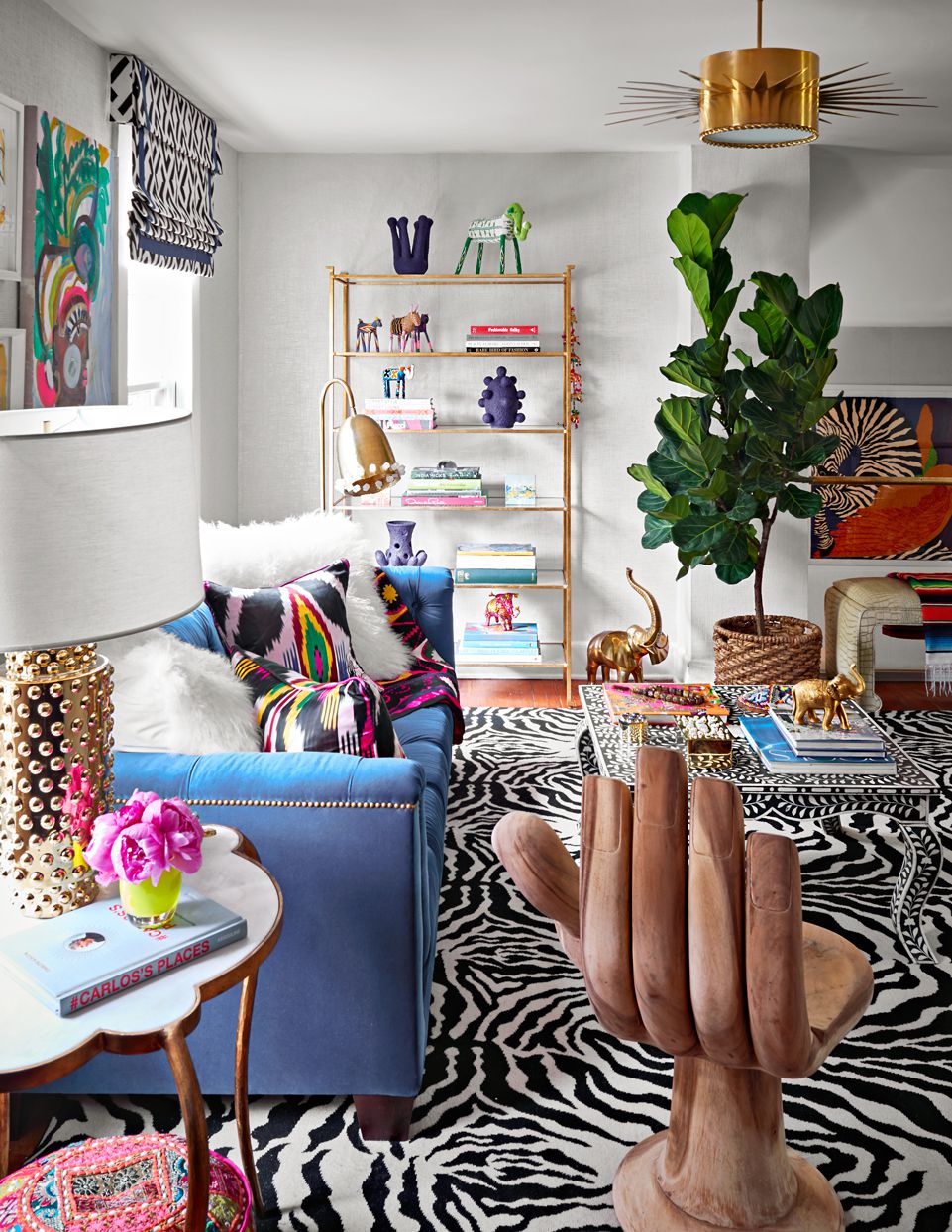
Mismatching Textiles
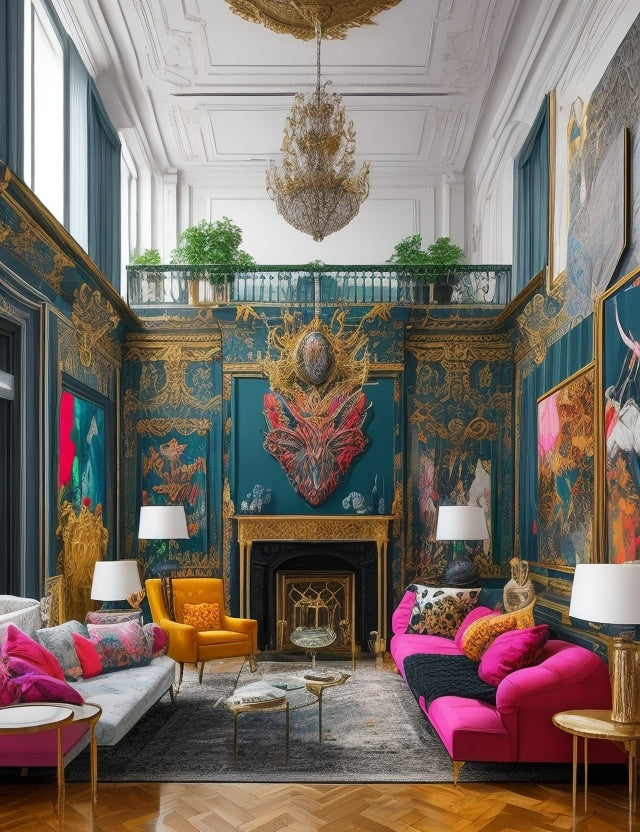
Smooth | Rough Surfaces
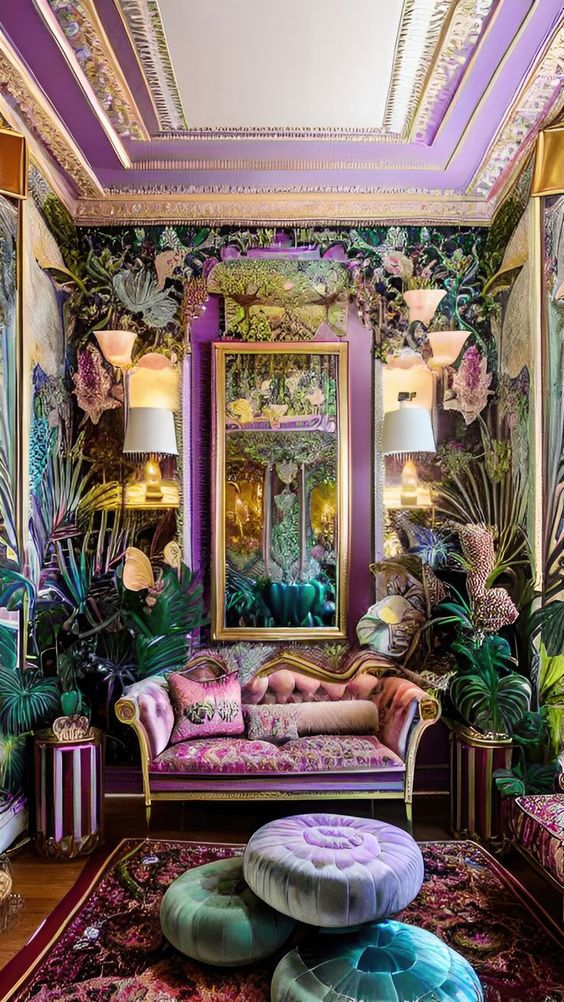
Monetization
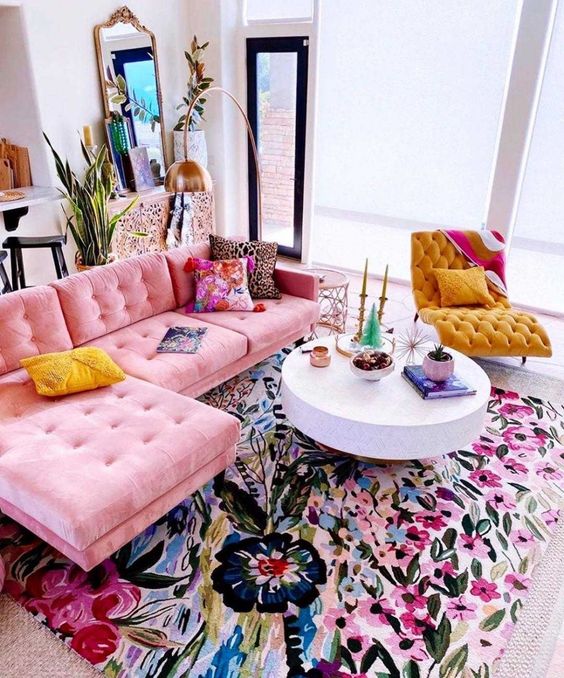
Jewel Tones
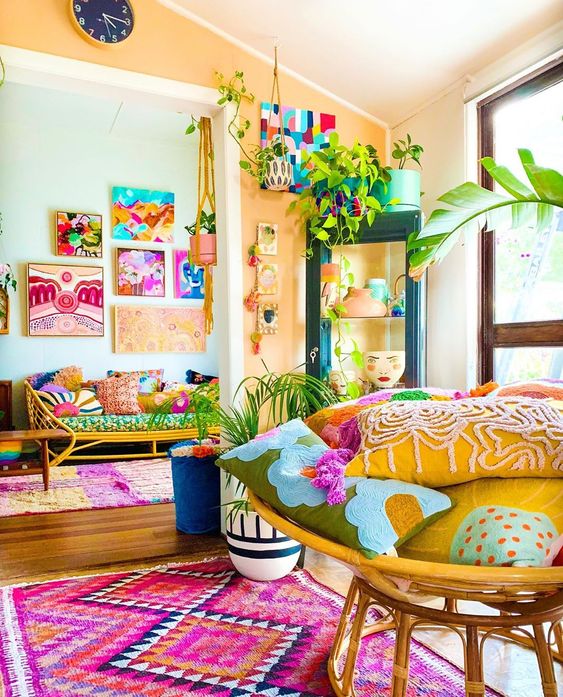
Scale Watching
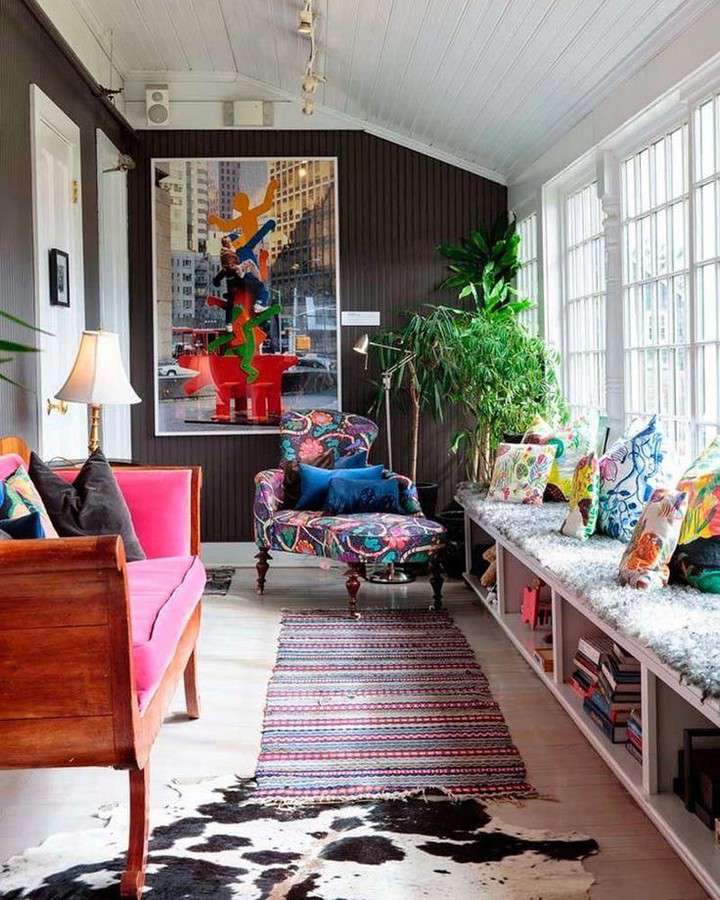
Distantly Idolize:
When it comes to interior design, the impact of the overall aesthetic is most evident when one takes a step back and surveys the entire room. It is in this moment that the impression truly comes to life. So, I encourage you to position yourself at the doorways and observe the results. Are there any elements that appear disproportionate or out of sync? If so, don't hesitate to experiment by relocating them or removing them altogether. In the pursuit of achieving a harmonious and cohesive space, adjustments are sometimes necessary. Now, let's delve into the realm of maximalism – a style that exudes a unique vibe and injects a playful tone into any room. To achieve this style, it is crucial to possess an exceptional eye for detail. Embrace the opportunity to incorporate colors, patterns, and textures that resonate with the homeowner's personal preferences. Remember, maximalism is all about celebrating individuality and creating a space that reflects the homeowner's unique taste and personality. By embracing this approach, a truly captivating and visually engaging environment can be crafted.

